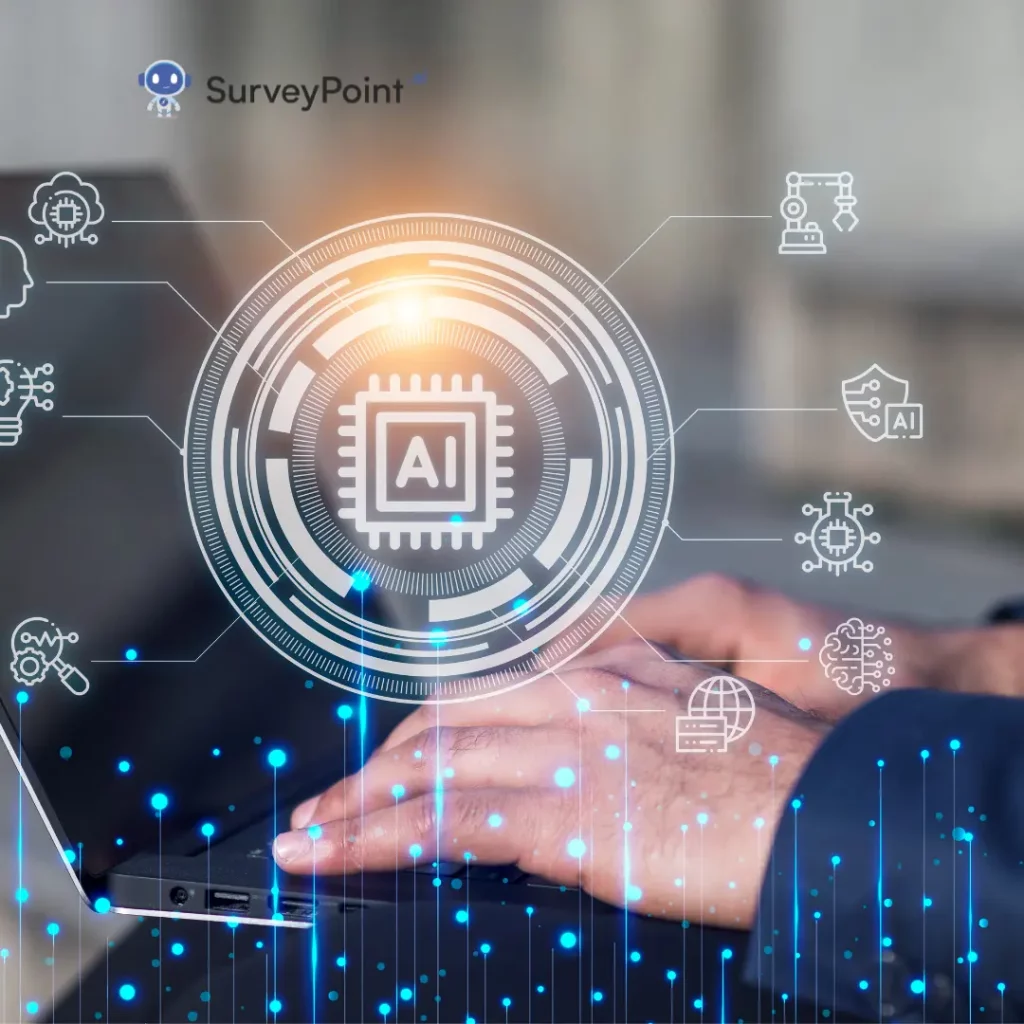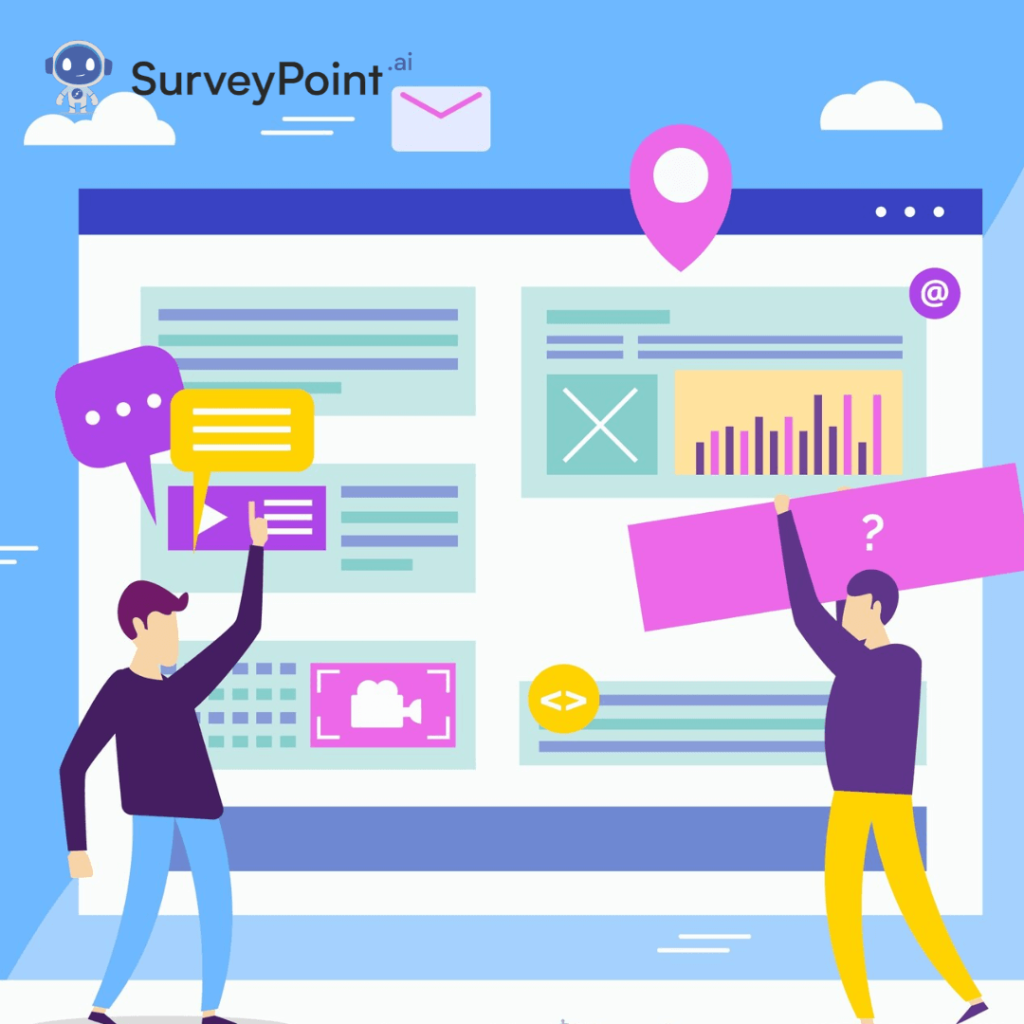
In today’s very fast-growing and technology-driven world, Artificial Intelligence (AI) is becoming an essential tool for everyone , including individuals and organizations. Artificial Intelligence has largely impacted our lives and continues to do so, with its increasing use case in crucial field such as research and development , data analytics, finance, and healthcare. AI can change how we work, communicate, and solve problems. AI’s ability to analyze a large amount of data , automate tasks, and provide customized services and products makes it a valuable asset for today’s generation. In this article, you will learn the need and importance of artificial intelligence and how it works with the help of examples and types of artificial intelligence.
What Is Artificial Intelligence?
Artificial Intelligence , or AI, is a set of technology that allow machines to do tasks that generally require human intelligence. In this , machine programs are made to think and act like people. It is also known as the development of computer systems and programs that can do things that require human intelligence and help, like making decisions, solving difficult problems, and making decisions based on data. Artificial intelligence aims to make intelligent, valuable productive machines that can learn on their own , and adapt to new situations, just like humans.
Examples Of Artificial Intelligence
The use of Artificial Intelligence is rapidly increasing, so here are a few Examples Of Artificial Intelligence:
•Recommendation Systems: Many companies use AI recommendations to get users who are more interested in their content by showing them things related to their interests and choices .
• Fraud Detection: AI has the potential to find fraud in the financial accounts of there companies and provide them with correct alternatives. It can analyze big data to find ways of correction.
• Autonomous Vehicles: Driverless cars and other AI-powered automatic vehicles use sensors, cameras, and algorithms to find out what’s happening around them and make decisions immediately while driving.
• Robotics: In the manufacturing and logistics industries, robots with artificial intelligence (AI) can help with jobs like assembling parts, inspecting them, and moving them . They can do jobs which humans can’t do because they are too dangerous, challenging, or dull.
• Chatbots: AI-powered chatbots could help customers with problems and concerns in many fields. They can understand questions from users and answer them in real-time.
• Gaming: AI allows games to have intelligent agents who can learn from and react to what the player does. This has the potential to make the game harder and more enjoyable.
• Speech Recognition: AI is used to help with speech recognition, especially in medical and academic fields. It can turn speech into text and text into a lesson, making spreading information easier and getting more people involved.
• Natural Language Processing: AI for natural language processing can help many businesses, like those in the healthcare and customer service industries. It can understand what users are asking and answer them correctly.
• Image and Video Recognition: Artificial intelligence is used for image and video recognition, especially in the medical industry and security agencies. It can look at CCTV camera footage for unusual things happening and look at medical pictures for strange things.
• Virtual Personal Assistants: Siri, Alexa, and Google Assistant are all examples of AI-powered virtual personal assistants that use natural language processing to understand the user’s request and give the correct answers to the user. This handy device lets you set alarms and make plans, and listen to music.
5 Main Types Of Artificial Intelligence
The 5 Main Types Of Artificial Intelligence Are :
- Reactive Machines: The most basic type of AI, don’t have memories and can’t learn from what they do. They can only respond to the data they have and make decisions based on a set of rules.
- Limited Memory: Memory that is too small. The AI can remember some of the decisions from the past and use that information to decide what to do next. They can conclude and make predictions based on what they know about the past.
- Theory of Mind: The brain and mind interact Programs that boost intelligence can understand how a sentient being feels and thinks. They can change what they do depending on what they believe other agents will do.
- Self-Aware: Machines can be smart enough to know who they are and how their minds work. They can think about their ideas and experiences and learn something from them.
- Artificial General Intelligence: Any job a person can think of can be done by a program with artificial intelligence (AGI). The ability to learn through observation , change behavior in response to new stimuli , and solve challenging problems. Many people who study AI think this kind of AI will never be made. Artificial intelligence research will eventually lead to AGI, but that day is still far off. Researchers are working hard to make AI systems that can do more complicated tasks, but it will be long before a system can do everything a human can think of.
AI can be categorized into five categories: reactive machines, limited memory, theory of mind, self-aware, and artificial general intelligence. Each type of AI has its features and possible uses.
Types Of AI Machine Learning
Machine learning is a popular subfield of artificial intelligence that involves the development of algorithms and statistical models that enable computer systems to improve their performance on a specific task over time through experience or data input. There are three main types of machine learning used in AI:
- Supervised learning: Supervised learning is a type of machine learning that lets a computer learn from training data that has been labeled. This shows a connection between the data you put in and the values you get back. The result is a program that can accurately predict an output value given a set of inputs based on what it has learned about the relationship between the two data groups.
- Unsupervised Learning: Unsupervised learning is a machine learning technique used when the system is not provided with structured data. Instead, it must find patterns and relationships in the data independently. The goal is to identify clusters and structures within the data that may not be immediately apparent.
- Reinforcement Learning: Reinforcement learning is a type of machine learning technique that involves learning through a process of trial and error. Games, robotics, and self-driving cars all use reinforcement learning extensively.
Machine learning is an essential subfield of artificial intelligence that can transform various industries and fields. Researchers and practitioners create more effective and efficient AI systems by understanding the different types of machine learning techniques and their applications.
Conclusion
In today’s world, the number of people using artificial intelligence tools is increasing day by day. Every day, new AI tools come out that make people’s lives more accessible ,easy , and people are becoming more dependent on AI tools. People’s job are at risk because artificial intelligence can replace humans in many fields and do the work faster and better than people can. AI can potentially change almost every part of our lives, from transportation and manufacturing to healthcare and education.
But using AI also brings up important questions about ethics and society. AI systems can worsen bias and discrimination, make privacy less secure, and create new inequality. Because of this, we must develop and use AI technologies with careful thought, openness, and accountability. In conclusion, AI has a lot of potentials to improve people’s lives, but these tools must be made and used responsibly to avoid unintended problems. For more information checkout- Surveypoint.ai




